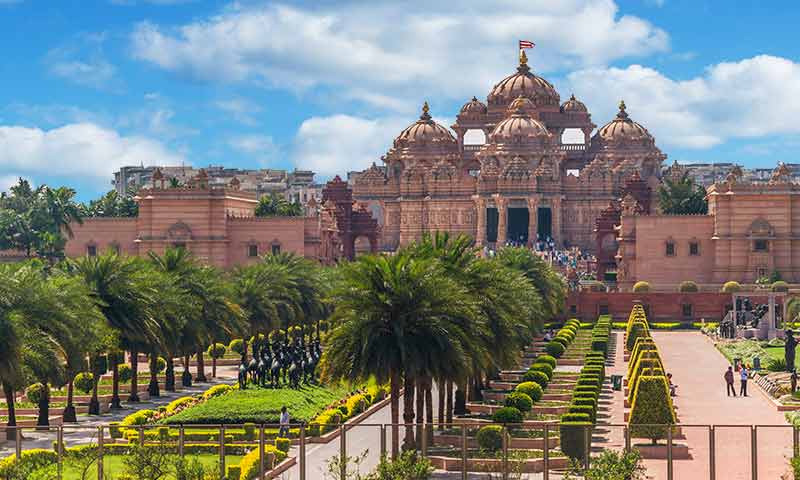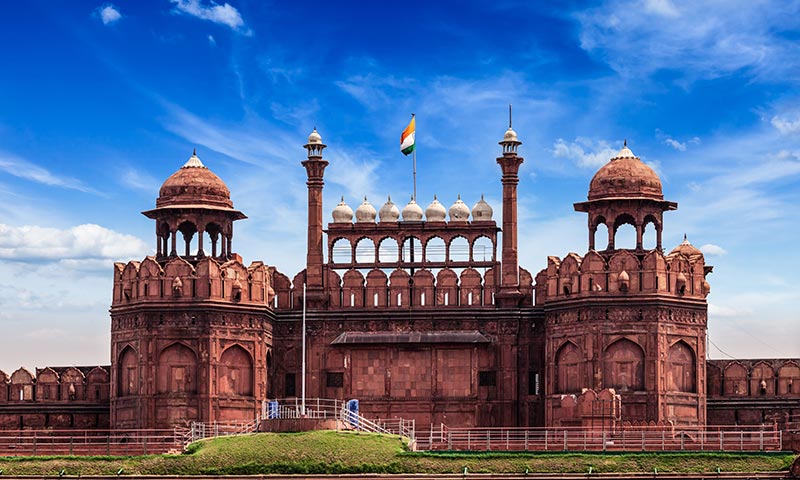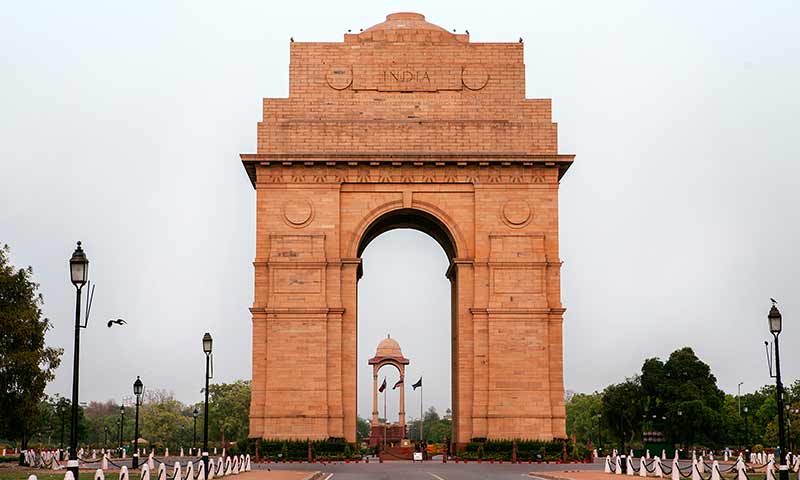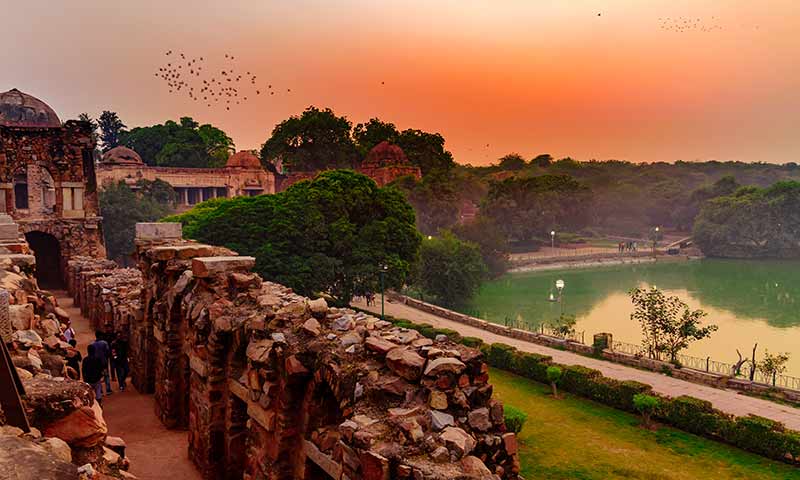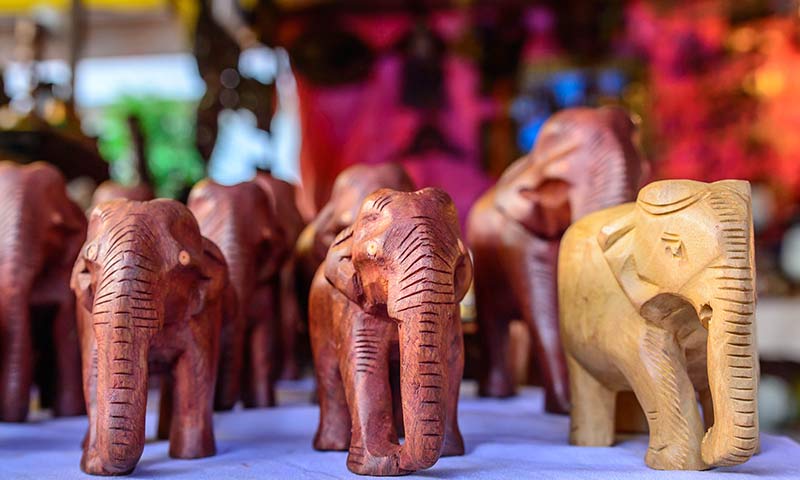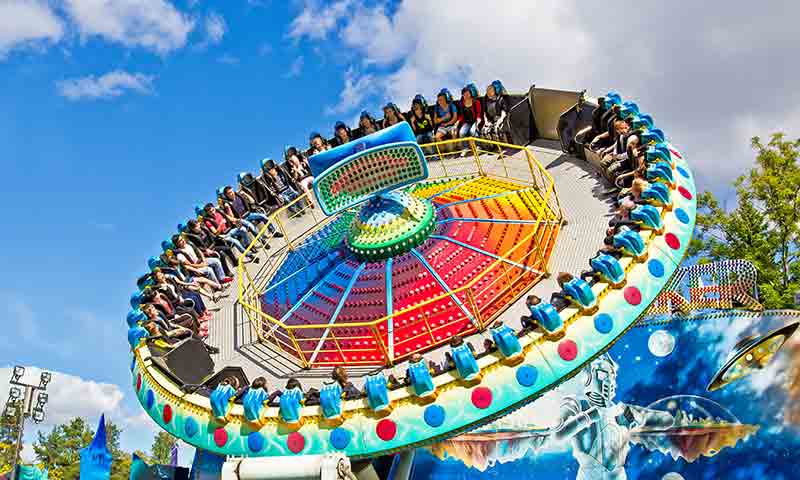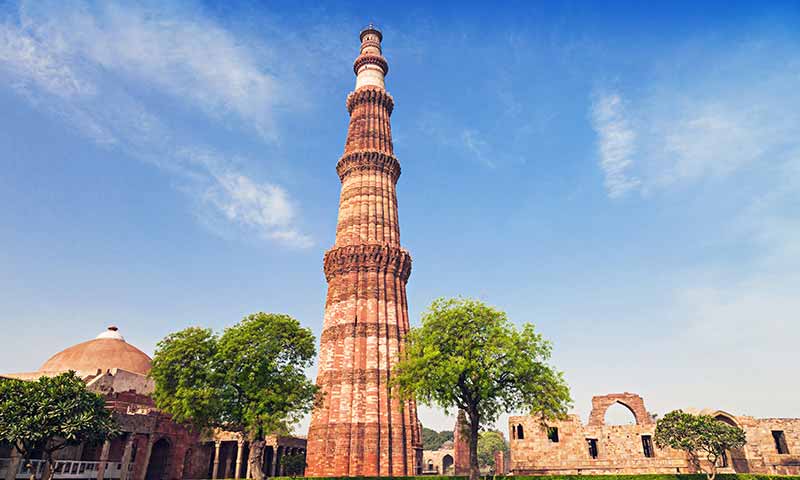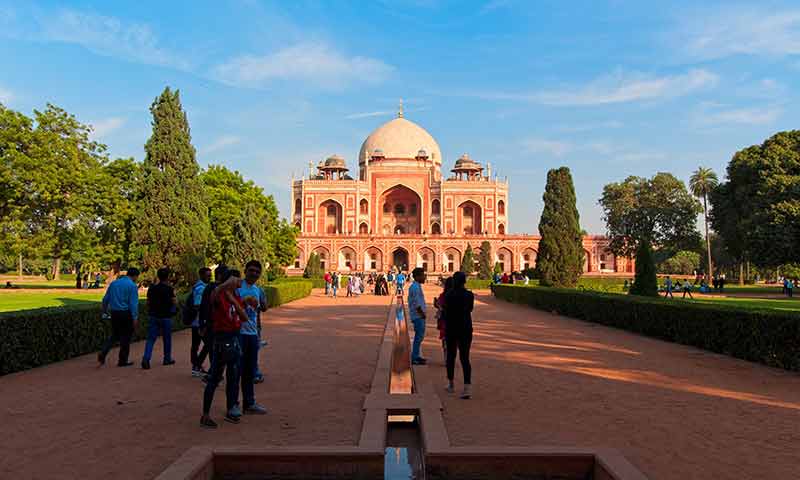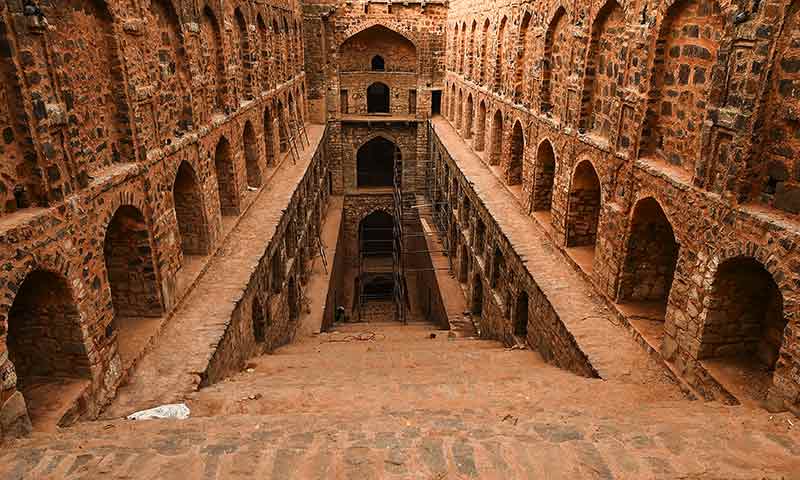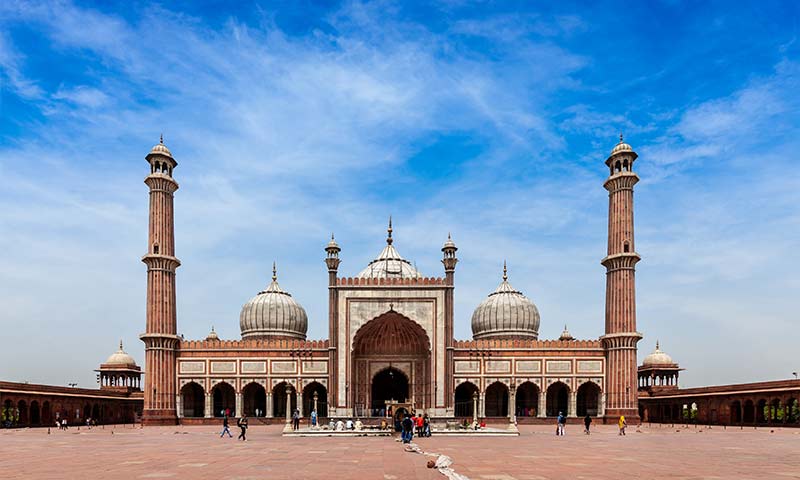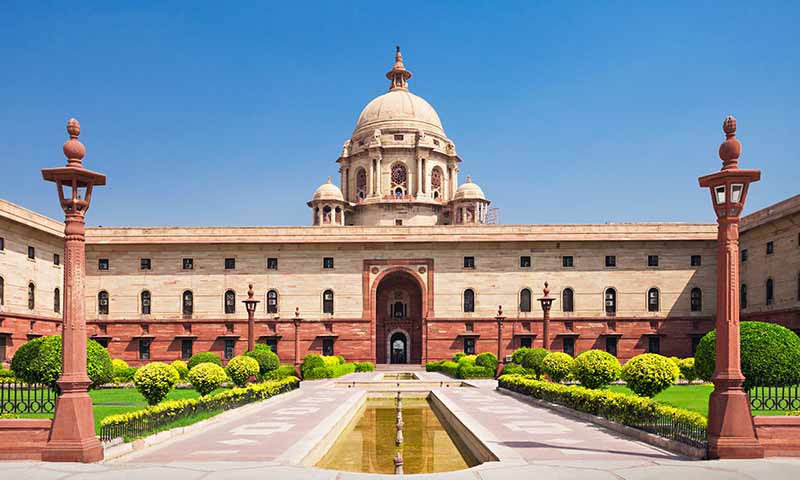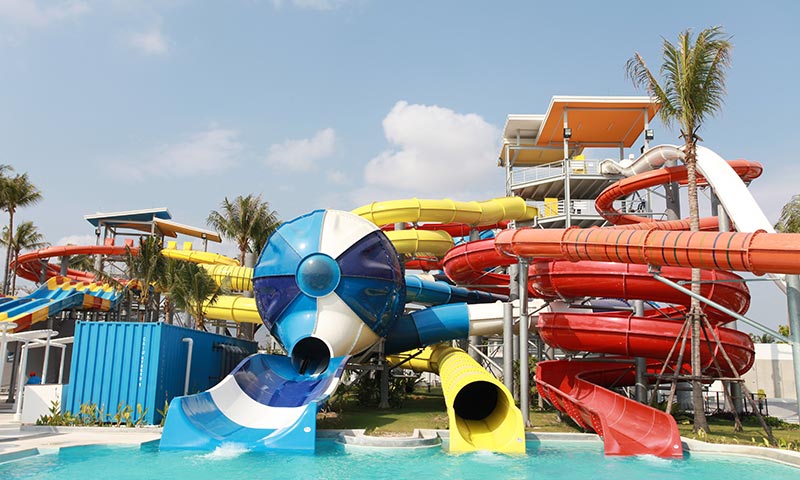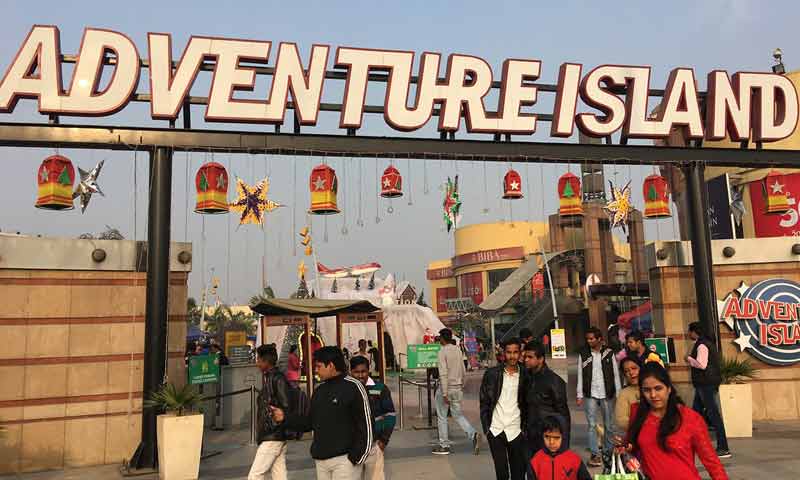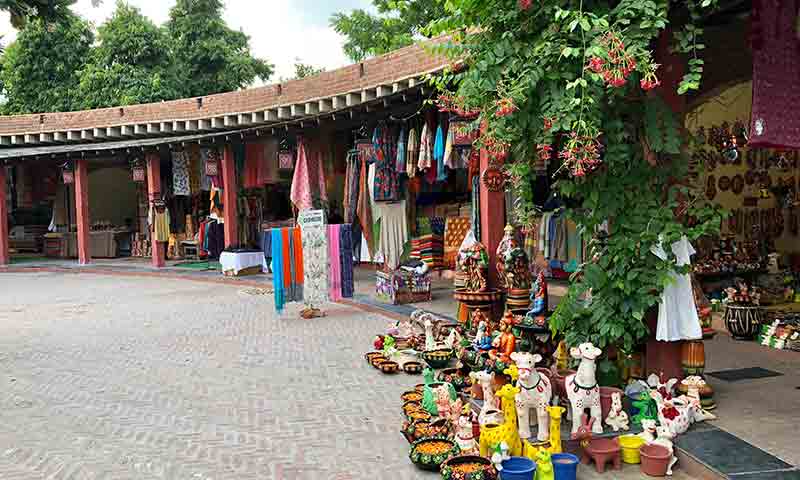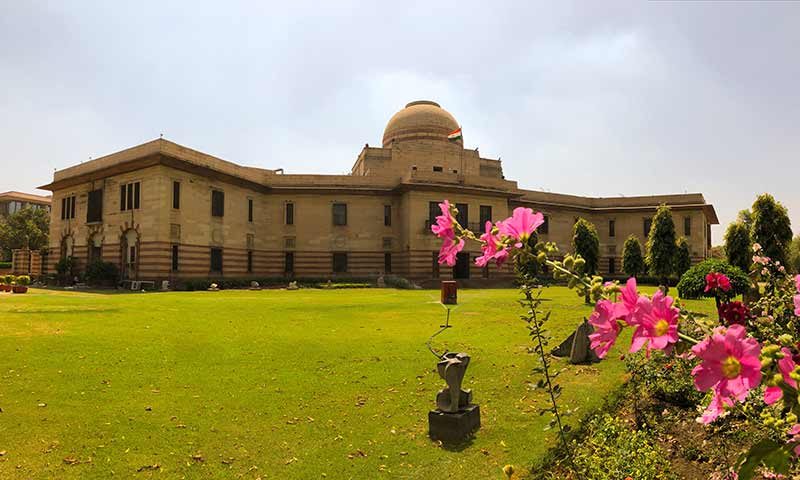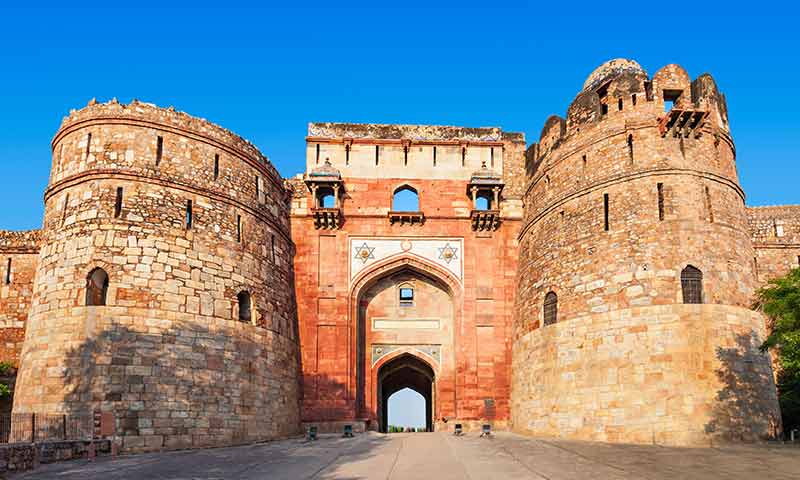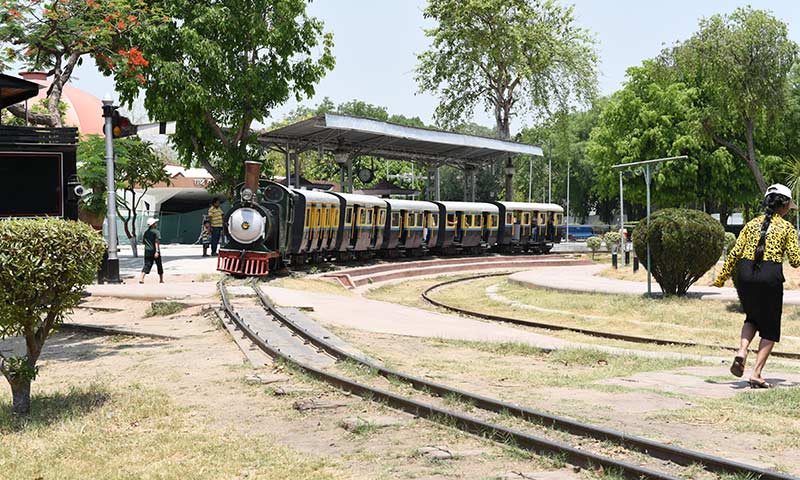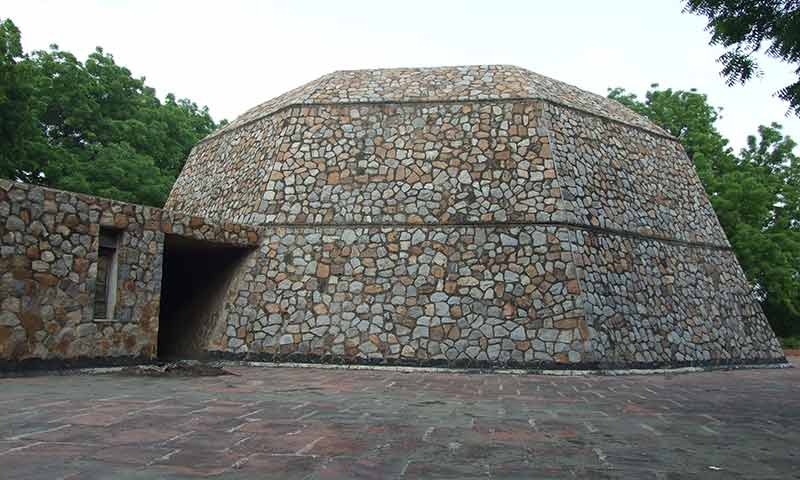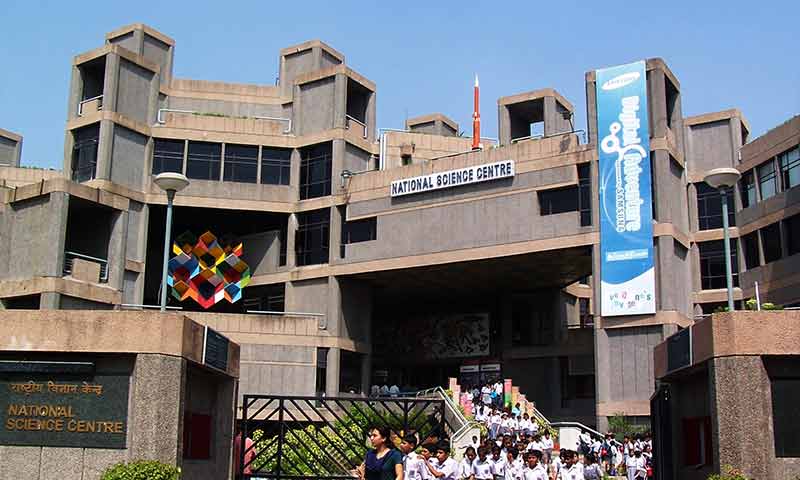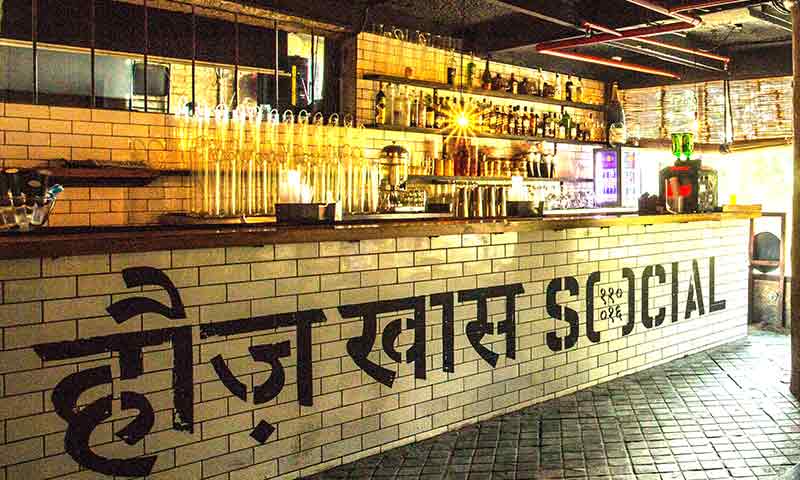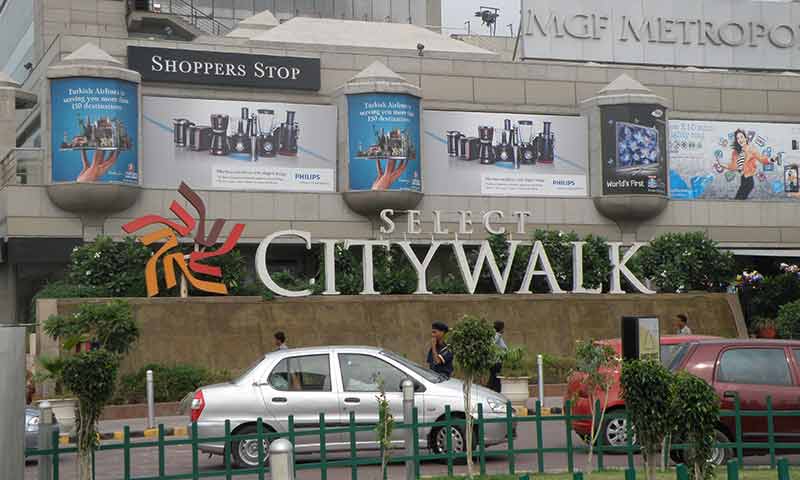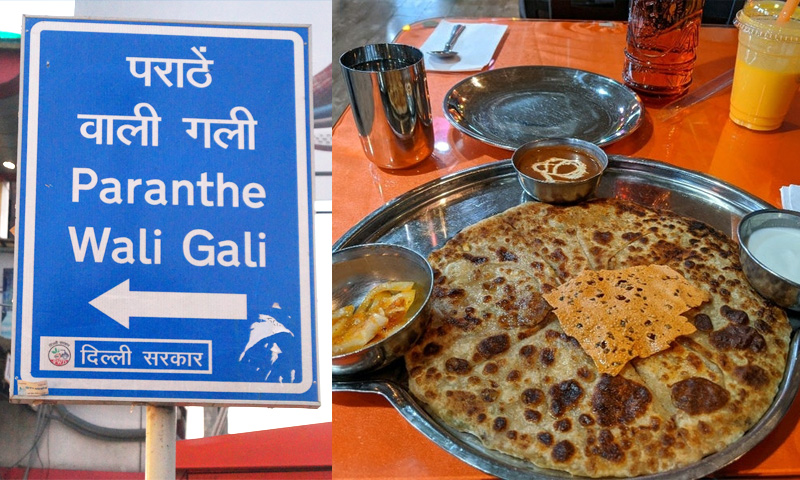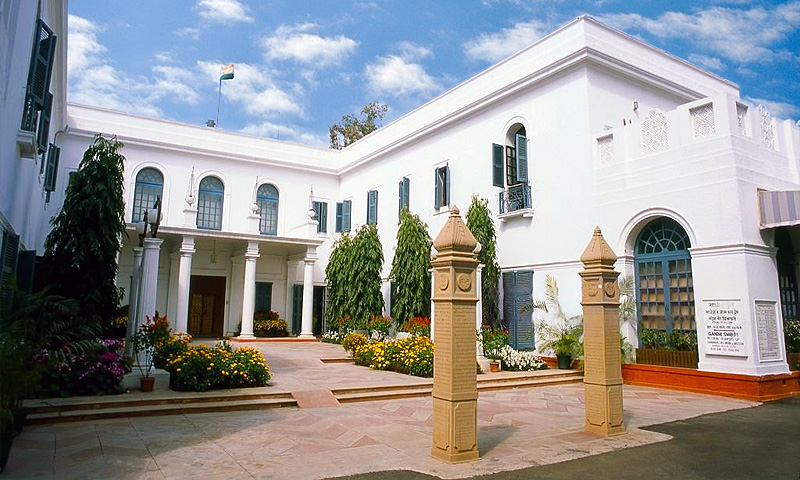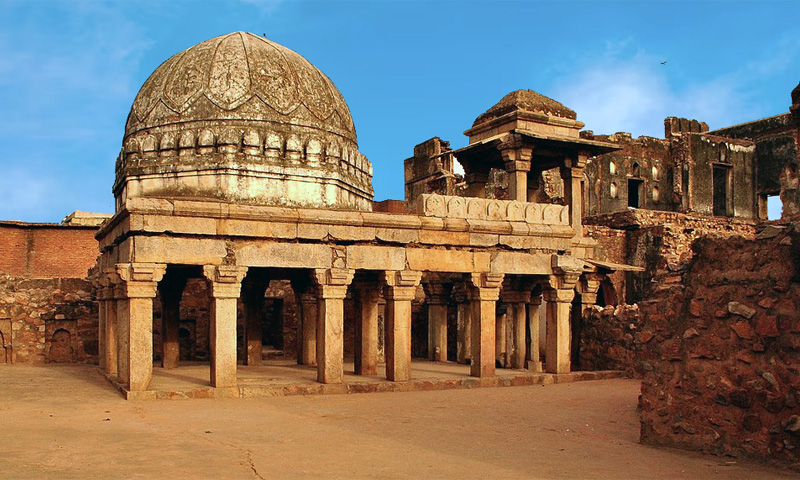Overview & History
YoMetro helps you with information such as Delhi Metro route, service updates, timings, first/last train schedule, metro route map, fare charts, ticket details, interchange, top attractions near metro stations, and metro news.
- The concept of mass rapid transit for New Delhi first emerged from a traffic and travel characteristics study conducted in the city in 1969.
- In 1984, the Urban Arts Commission proposed the development of a multi-modal transport system, which included the construction of three underground mass rapid transit corridors.
- The Government of Delhi, in collaboration with the central government, established the Delhi Metro Rail Corporation (DMRC) on 3 May 1995. Physical construction work on the Delhi Metro began on 1 October 1998.
- To ensure technical expertise, the DMRC hired the Hong Kong MTR Corporation (MTRC) as a consultant for rapid transit operations and construction techniques.
- The construction of the Delhi Metro proceeded smoothly, except for one major disagreement in 2000.
- The first line of the Delhi Metro, the Red Line, was inaugurated on 24 December 2002 by Atal Bihari Vajpayee, the then Prime Minister of India. Metro stations began opening progressively from 25 December 2002 to 11 November 2006 as part of Phase I, covering the Red, Yellow, and Blue Lines.
- In Phase II, Delhi Metro stations progressively became operational between 4 June 2008 and 27 August 2011, connecting Delhi with neighbouring regions of Haryana and Uttar Pradesh.
- Phase III construction commenced in 2011, with a planned deadline of 2016. However, work on the original corridors was completed in March 2019, and the phase was fully completed on 18 September 2021 with the opening of the Grey Line.
- The construction of Phase IV began in March 2019 with three priority corridors. Upon the completion of Phase IV, the total length of the Delhi Metro network is expected to exceed 450 km.
- The completion of Phase IV may place the Delhi Metro among the seven longest metro systems by route length in the world.
- The Delhi Metro was envisioned to be constructed in phases spread over 20 years, with each phase targeted for completion within five years, ensuring that the end of one phase marked the beginning of the next.
Delhi Metro Network Expansion Plan: Phase IV and Phase V
Phase IV of Delhi Metro corridor approved by Indian government in March 2019 with the length of 103 km, but the Construction of 65 km began on 30 December 2019, with an expected completion date of 2025. In Phase IV, over 40 km of the metro corridor will be built underground, and around 27 new underground stations are planned along the route.
In the fourth phase, underground corridors will be built through several areas of New Delhi, including Nabi Karim, Sadar Bazar, Ajmal Khan Park in Old Delhi, Mehrauli Badarpur Road in South Delhi.
Phase V of Delhi Metro is a planned corridor of DMRC, this phase has not begun currently as per officials.
Interesting Facts about Delhi Metro
- The Delhi Metro, managed and owned by the Delhi Metro Rail Corporation (DMRC), is a joint venture between the Government of NCT of Delhi and the Government of India.
- The Delhi Meto is the 2nd oldest metros service in India after Kolkata Metro.
- Each line of the Delhi Metro is identified by a specific colour.
- Delhi Metro began operations in 2002, with its very first stretch running from Welcome Station to Tis Hazari Station on the Red Line.
- Today, the Delhi Metro stands as India’s busiest and largest metro system, boasting the most number of stations.
- All Stations of the Delhi Metro have support for visually impaired and are wheelchair friendly.
- The Delhi Metro not only serves just Delhi but also neighbouring NCR cities like Gurgaon, Noida, Faridabad, Ghaziabad, and Bahadurgarh, making it a lifeline for millions of commuters in the National Capital Region.
- At present, the Delhi Metro operates 10 active lines, covering over 300 kilometers of tracks.
- The Delhi Metro Network includes various platforms—underground, elevated, and ground level—to suit the city’s diverse terrain.
- Its lines are designed in a mix of radial, circular, and semi-circular patterns for seamless connectivity.
- Trains on the Delhi Metro run at speeds of up to 80 km/h and typically stop at each station for around 20 seconds.
- Depending on the line and time of day, trains can have 4, 6, or 8 coaches, operating at a frequency of 1 to 4 minutes during peak hours and 5 to 10 minutes during non-peak hours.
- Hauz Khas Station on the Pink Line, which, at 29 meters below ground, is the deepest station.
- The Dhaula Kuan Metro Station, where the Pink and Orange Lines intersect, marks the highest point at 23.6 meters above the ground.
- A special mention goes to Elattuvalapil Sreedharan, the first Managing Director of the Delhi Metro and a retired IRSE officer.
- Known as the Metro Man, he was awarded the Padma Shri by the Government of India in 2001, the Padma Vibhushan in 2008, the Chevalier de la Legion of Honour in 2005 by the Government of France.
Delhi Metro Lines & Terminal Stations
Status: AC = Active, UC = Under Construction, AP = Approved for Construction, PL = In Plan
Delhi Metro Network Map 2025
Delhi Metro Fare Chart
| Distance Zones (KM) | Monday - Saturday | Sun & National Holidays |
|---|---|---|
| 0 - 2 | ₹ 11 | ₹ 11 |
| 2 - 5 | ₹ 21 | ₹ 11 |
| 5 - 12 | ₹ 32 | ₹ 21 |
| 12 - 21 | ₹ 43 | ₹ 32 |
| 21- 32 | ₹ 54 | ₹ 43 |
| Above 32 | ₹ 64 | ₹ 54 |
A 10% discount continues on every journey for passengers using a Smart Card.
The passenger fares of the Delhi Metro services have been revised with effect from today, that is, 25th August 2025 (Monday) onwards. The increase is minimal, ranging from * 1 to 4 only depending on the distance of travel. A similar increase has also been implemented for the Airport Express Line (AEL), where the increase ranges from 1 to 5. Rupees
Additionally, passengers using Smart Cards will receive an extra 10% discount if they exit the Metro system during off-peak hours, which are:
- From the start of revenue services to 8:00 AM
- From 12:00 Noon to 5:00 PM
- From 9:00 PM to the closing of revenue services
This discount is applicable Monday to Saturday, excluding National Holidays.
Delhi Metro News & Updates
The Delhi Metro Rail Corporation (DMRC) on Friday formally commenced construction of the long-awaited Lajpat Nagar-Saket G Block corridor under Phase IV. Known as Golden Line-11, the project is expected to significantly transform connectivity in South Delhi. The first test pile was laid and a groundbreaking ceremony was held near Pushpa Bhawan, near Saket.
◷ 2025-12-12 | ☍ NDTVThe Delhi Metro Rail Corporation (DMRC) has completed construction of an underground tunnel at Pulbangash Metro Station on the Red Line as part of the Janakpuri West - RK Ashram Marg extension of the Magenta Line. The tunnel is built between Pulbangash on the Red Line and the upcoming Sadar Bazar station on the Magenta Line.
◷ 2025-12-01 | ☍ Hindustan timesAccording to DTC officials, Delhi's narrow streets, low-rise bridges, and overhanging wires make this bus unsuitable for daily service. Therefore, it has been decided to operate it only on select tourist routes, where it will only run one or two trips a day. Currently, tourism professionals are working day and night, measuring the height of trees, checking whether the bus will pass under overbridges, and whether it will collide with wires. Testing battery range, charging points, and driver training are ongoing.
◷ 2025-11-19 | ☍ HindustanThe Delhi Metro Rail Corporation (DMRC) announced that all entry and exit gates of the Red Fort Metro station have reopened for passengers on Sunday, restoring full access to the Violet Line after temporary restrictions were imposed earlier this week. The move brought relief to commuters travelling between Kashmere Gate and Raja Nahar Singh.
◷ 2025-11-16 | ☍ Tribune IndiaDelhi Chief Minister Rekha Gupta made a major announcement on Sunday (November 16) informing Delhiites about a major change in the Delhi Metro. She stated that one existing and two new metro stations will be renamed. Pitampura Metro Station will be renamed Madhuban Chowk. Furthermore, it will serve as an interchange point once services begin on the RK Puram-Janakpuri corridor. The proposed North Pitampura station, currently under construction in QU Block, will be renamed North Pitampura-Prashant Vihar Metro Station.
◷ 2025-11-16 | ☍ Times Now NewsDelhi Metro FAQs
𝒜. The list of prohibited items in Delhi Metro includes:
- Sharp Objects: Knives, swords, meat cleavers, etc.
- Explosive Materials: Gunpowder, fireworks, hand grenades, plastic explosives, etc.
- Inflammable Items: Paints, petroleum, aerosols, wet batteries, etc.
- Offensive Items: Blood, carcasses of dead animals, unsealed raw meat/fish, plants/saplings, skeletons, bones, rags, etc.
- Pets: Birds and other animals.
𝒜. Regular Metro Lines: One bag containing personal belongings is allowed, with dimensions not exceeding 80 cm x 50 cm x 30 cm and a maximum weight of 25 kg. Baggage in the form of bundles is not permitted.
Airport Express Line: Two bags containing personal belongings are allowed, with dimensions not exceeding 90 cm x 75 cm x 45 cm and a maximum weight of 32 kg. Baggage in the form of bundles is not permitted.
𝒜. Delhi Metro allowed drug items as per following instructions:
- Alcohol: Two sealed bottles of alcohol are allowed per passenger.
- Cigarettes/Tobacco: One packet of cigarettes and one lighter or matchbox per passenger is permitted.
While carrying alcohol, tobacco, and cigarettes is allowed, consumption of these items inside the Delhi Metro is strictly prohibited.
𝒜. No, eating and drinking are prohibited inside Delhi Metro trains and stations. Announcements are regularly made to remind passengers of this rule.
𝒜. Eating is not allowed in Delhi Metro to maintain cleanliness in trains and at stations. Passengers can carry food, but they are not permitted to consume it during their journey. Officials monitor this at stations and on trains. Most interchange metro stations have cafes and food outlets where passengers can sit and eat.
𝒜. Drinking water is available through kiosks at most stations at a cost of ₹2 per glass. At stations where kiosks are unavailable, passengers can request drinking water from staff members.
𝒜. No, photography is not allowed in Delhi Metro.
𝒜. Yes, Delhi Metro has introduced a separate ladies’ coach in each train to ensure safe travel for women. Male children up to the age of 12 years are allowed to travel in the ladies coach but must be accompanied by a woman passenger.
𝒜. These are following ticket fare rules for children in Delhi Metro:
- Children up to a height of 3 feet (90 cm) can travel for free when accompanied by an adult. The child must be carried in arms (above gate flap level) to prevent injury at the Automatic Fare Collection (AFC) gates.
- Children above 3 feet (90 cm) will be charged the full fare.
𝒜. Yes, bicycles are allowed in Delhi Metro, but only in the first and last coaches of the train. Folding bicycles, however, are permitted in all coaches.
Delhi Metro ensures a robust security system, including CCTV surveillance, security personnel, and baggage scanners at entry points.
Top Attractions in Delhi & Nearest Metro
Explore Other Metro Networks

Gurgaon Metro

Jaipur Metro

Mumbai Metro

Bangalore Metro
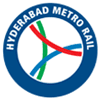
Hyderabad Metro

Chennai Metro

Kochi Metro

Kolkata Metro

Lucknow Metro

Noida Metro

Nagpur Metro
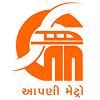
Ahmedabad Metro

Pune Metro

Indore Metro

Kanpur Metro

Agra Metro

Patna Metro

Navi Mumbai Metro
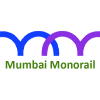
Mumbai Monorail Metro

Delhi Meerut RRTS Metro
